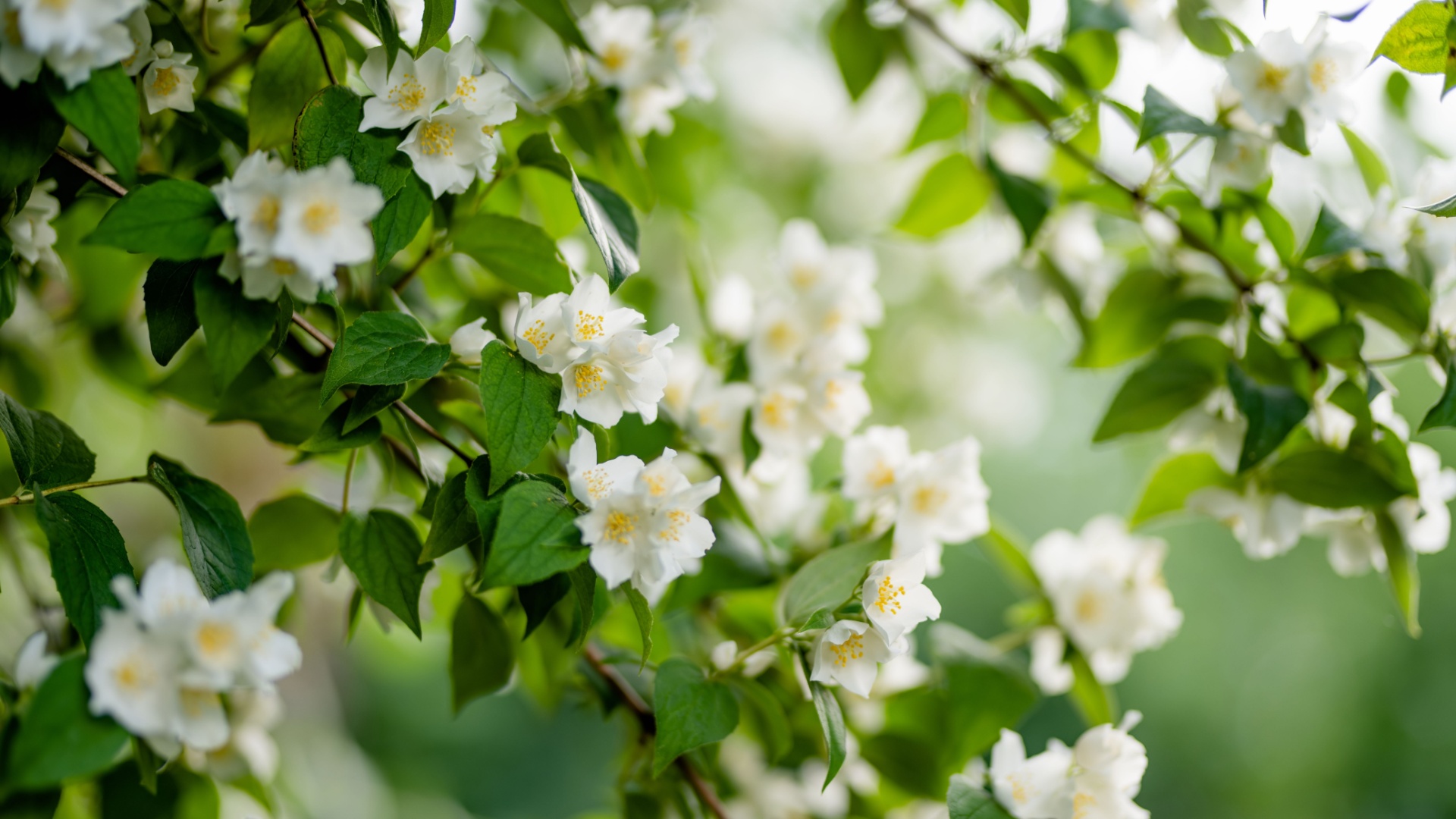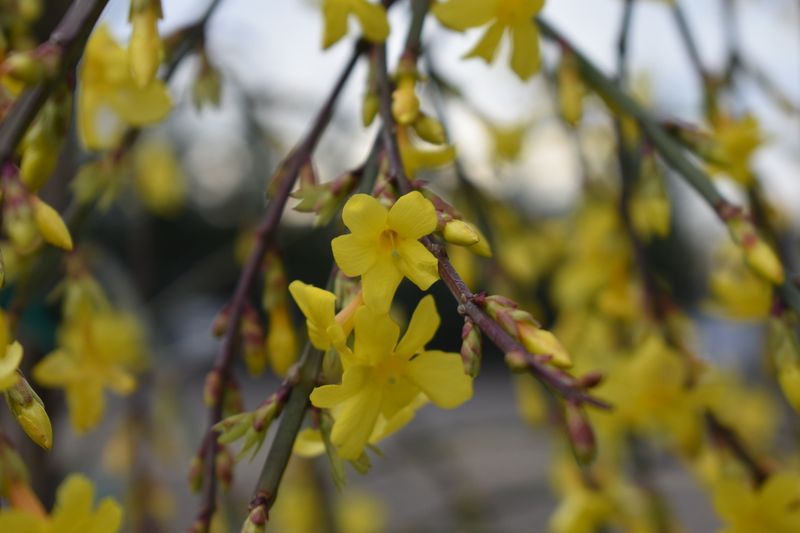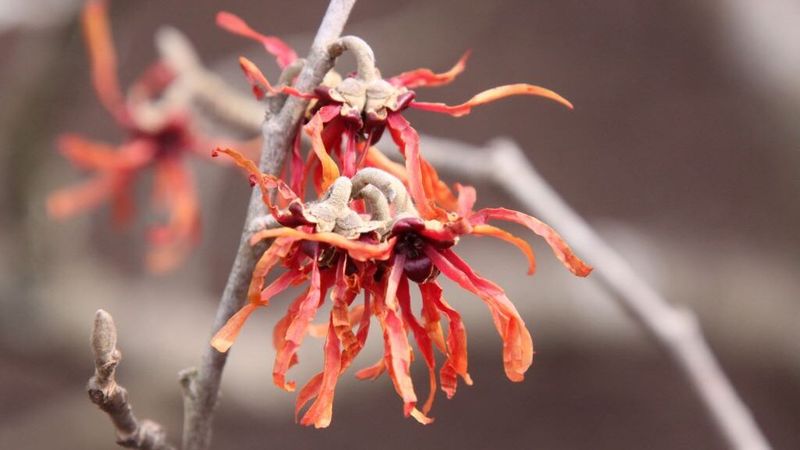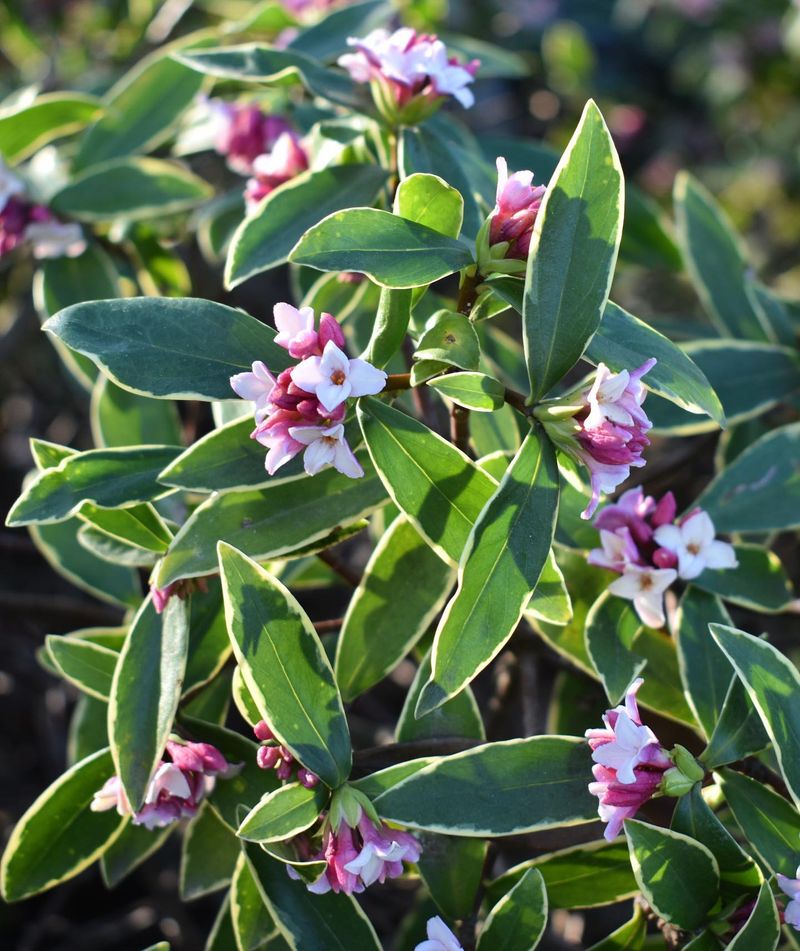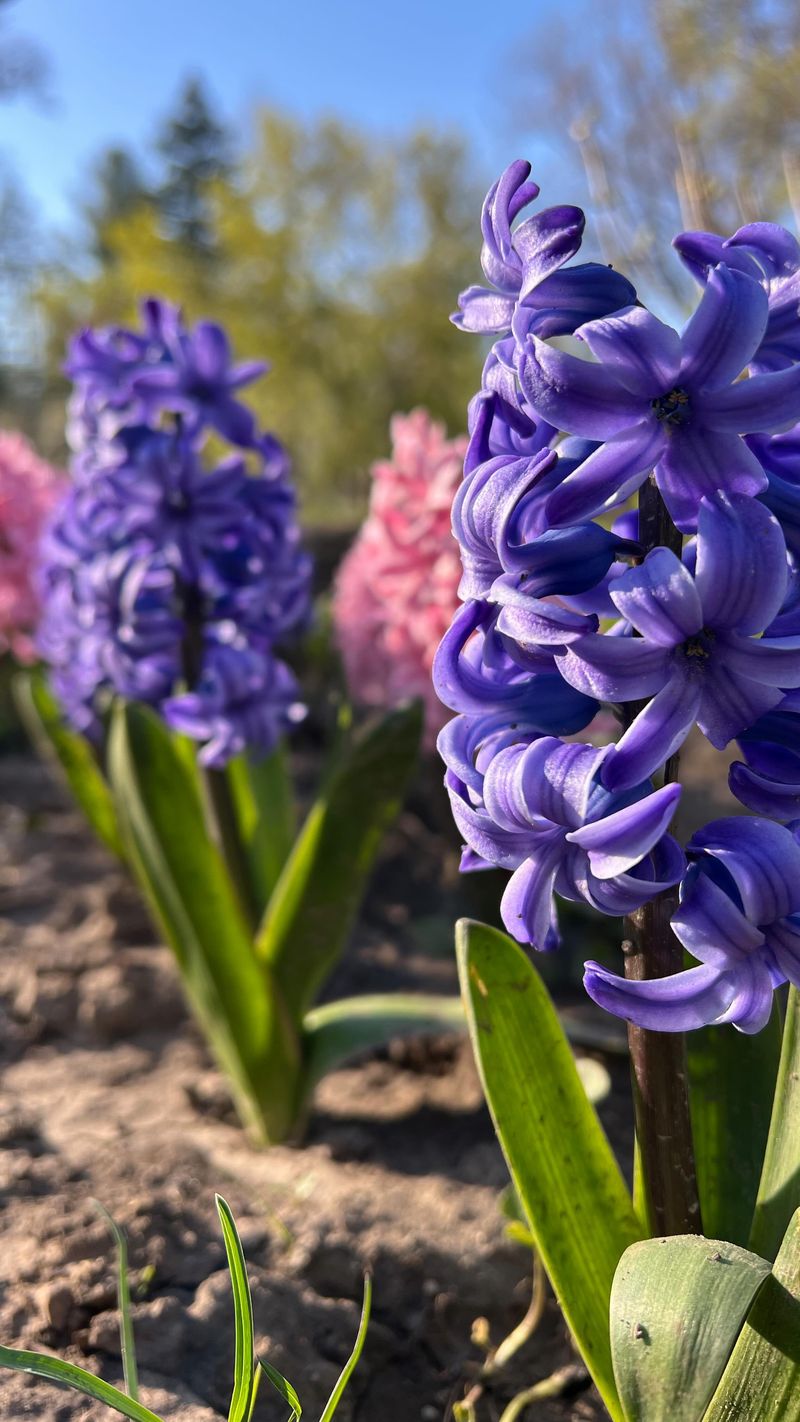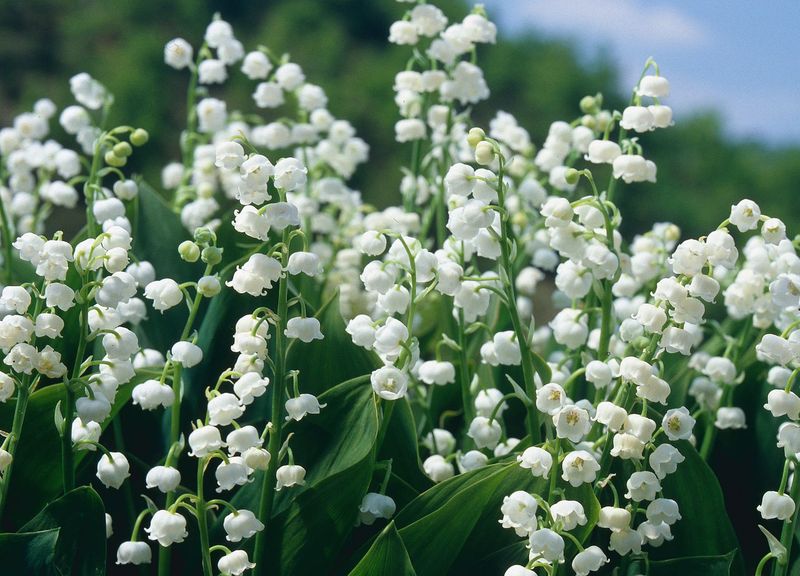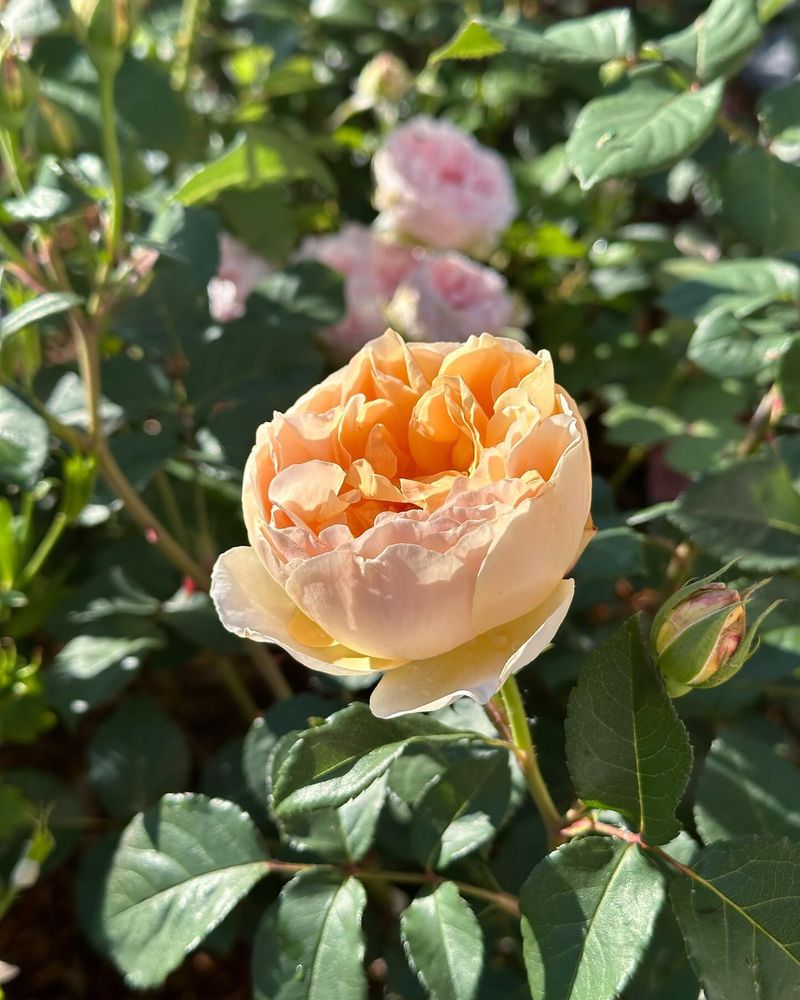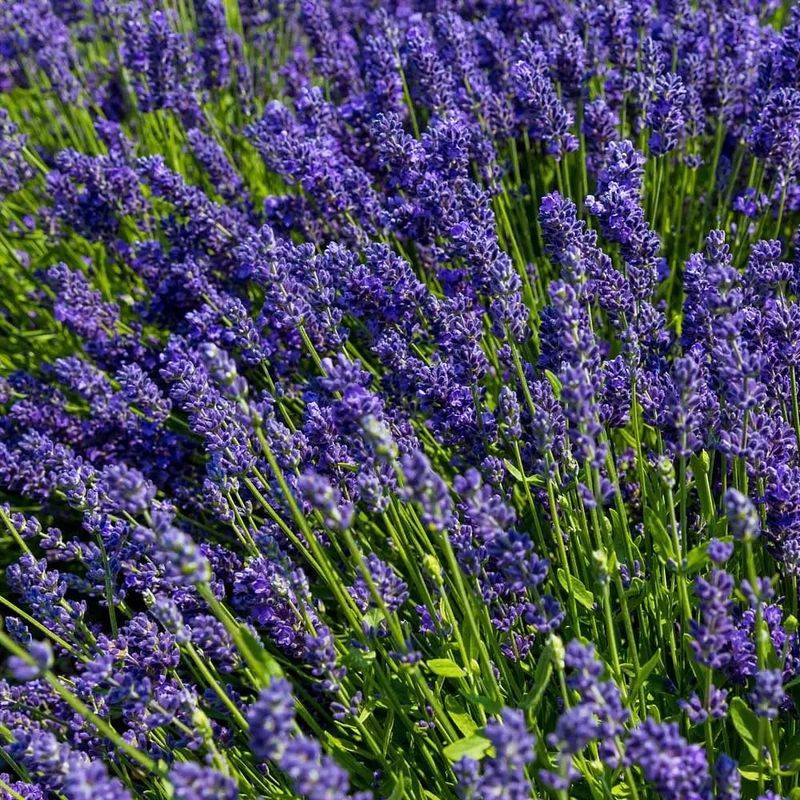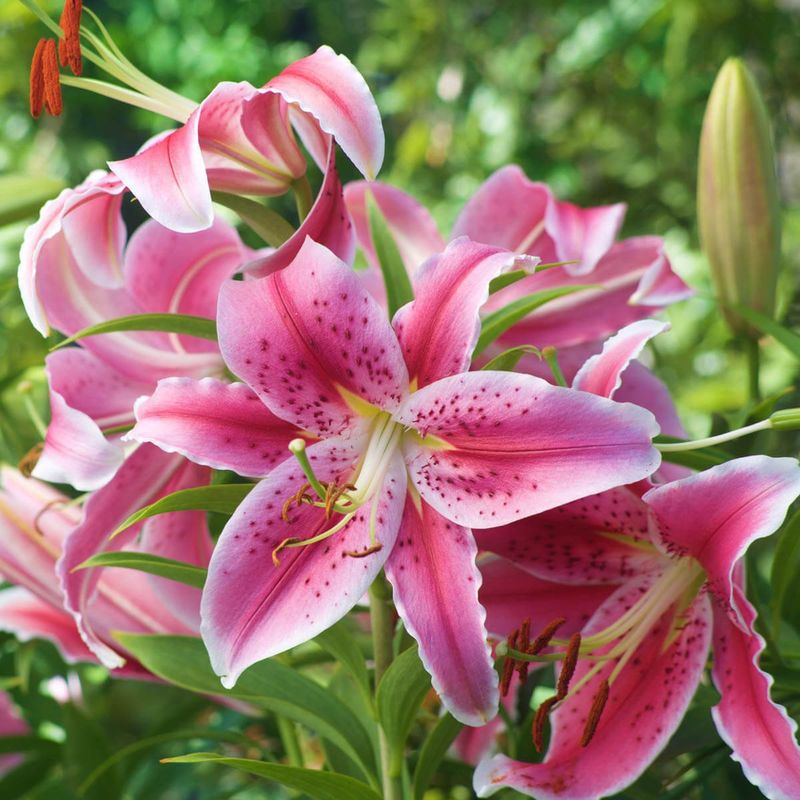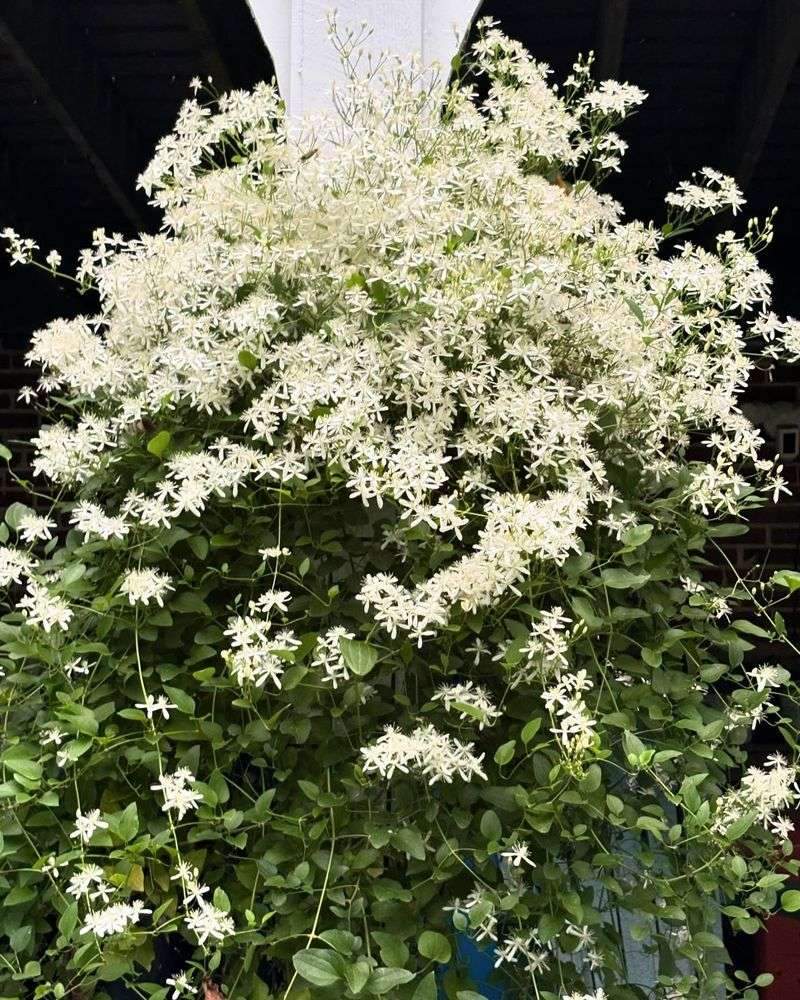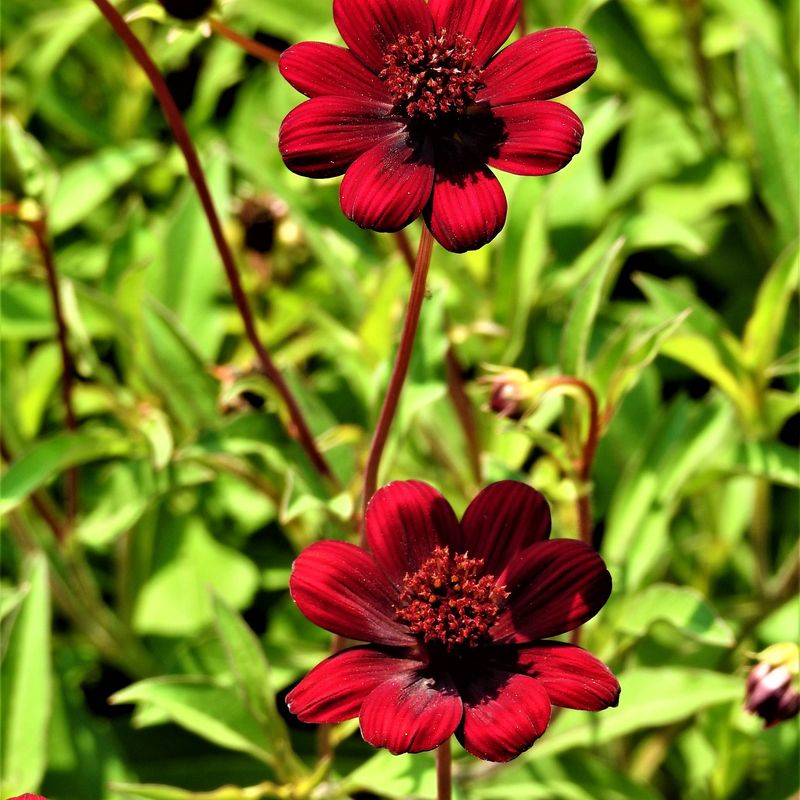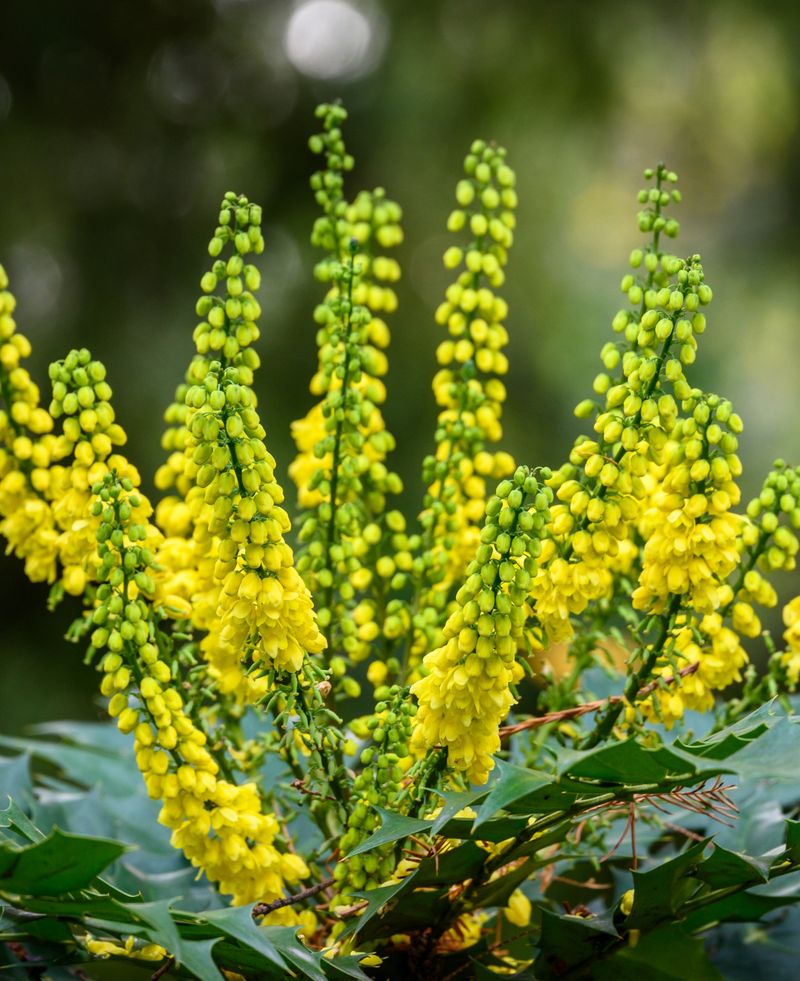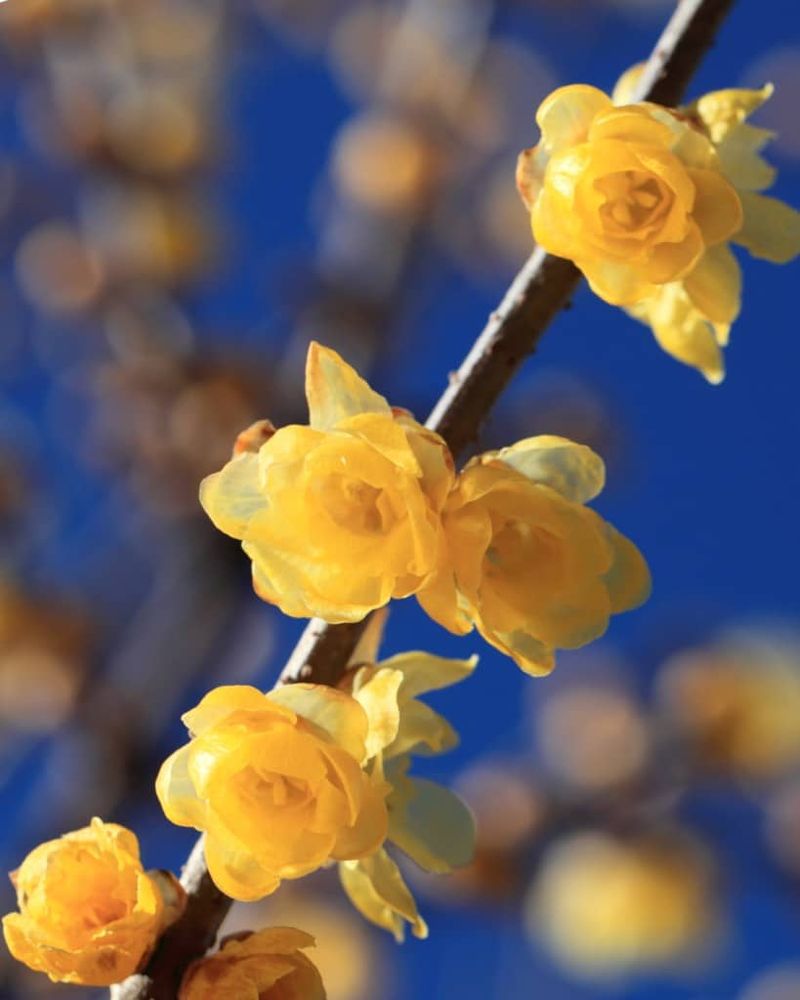Why settle for a garden that smells the same all year? With a little planning, you can create an ever-changing symphony of scents—one for each month.
From sweet winter daphnes to summer lavender and fall-blooming herbs, discover how to grow a garden that surprises your nose from January through December. One garden, twelve scents, endless delight.
1. January’s Winter Jasmine Wonder
Winter jasmine brightens dreary January days with its subtle, sweet fragrance when little else dares to bloom. Plant these hardy yellow-flowering shrubs near walkways or entrances where you’ll pass by regularly.
Unlike summer jasmine, winter varieties tolerate freezing temperatures beautifully. They need well-draining soil and partial to full sun exposure to perform their best. For extra winter interest, pair with hellebores for a fragrant winter garden corner that defies the season’s reputation for dormancy.
2. February’s Witch Hazel Magic
Witch hazel unfurls its spidery, ribbon-like petals in February, releasing a spicy-sweet scent that carries surprisingly far in cold air. The fragrance has been compared to fresh-cut lemons with hints of clove – invigorating during winter’s final stretch.
Choose varieties like ‘Arnold Promise’ (yellow) or ‘Diane’ (coppery-red) for the strongest scent. These slow-growing shrubs eventually reach 10-15 feet tall but can be kept smaller with pruning. Give them acidic, moist soil and a spot where you can appreciate their unique flowers and fragrance from nearby windows.
3. March’s Daphne Delight
Daphne odora awakens March gardens with an intoxicating perfume that stops visitors in their tracks. A single small shrub can perfume an entire garden with its sweet, citrusy scent that’s strongest on sunny days.
Plant daphne in partial shade with excellent drainage – they dislike wet feet. The evergreen foliage looks attractive year-round, with some varieties featuring cream-edged leaves for extra visual appeal. Position near garden benches or pathways where the fragrance can be fully appreciated during early spring strolls.
4. April’s Hyacinth Heaven
Hyacinths punch above their weight in the fragrance department, filling April gardens with their powerful, sweet perfume. Plant these spring bulbs in clusters of at least 5-7 for maximum scent impact that can be detected from yards away.
Fall is bulb-planting time, so mark your calendar! Choose a sunny spot with well-draining soil and plant bulbs about 6 inches deep. For continuous April fragrance, stagger plantings of early, mid, and late-season varieties. Purple hyacinths tend to have the strongest scent, though all colors will perfume your spring garden beautifully.
5. May’s Lily of the Valley Charm
Lily of the valley creates a woodland fairy tale in May with its tiny bell-shaped flowers and unforgettable sweet perfume. These shade-loving perennials spread to form fragrant carpets beneath trees – perfect for areas where little else grows well.
Once established, they’re practically maintenance-free and return reliably each spring. The scent is so beloved it’s frequently used in perfumes and wedding bouquets. Plant near seating areas or windows where their delicate fragrance can drift indoors. Remember they’re toxic if eaten, so keep away from curious pets and children.
6. June’s Rose Romance
June belongs to roses – nature’s perfume bottles in endless scent varieties from fruity to spicy to classic damask. Old garden roses typically offer the strongest fragrances compared to modern hybrids bred primarily for looks.
‘Gertrude Jekyll’ delivers powerful old-rose perfume, while ‘Jude the Obscure’ offers a complex fruity fragrance. Plant roses where afternoon shade protects them during hottest hours, especially in warm climates. Good air circulation prevents disease, while regular feeding encourages abundant blooms and stronger scent production throughout rose month.
7. July’s Lavender Luxury
Lavender reaches peak bloom in July, filling the air with its distinctive calming scent that’s both floral and herbal. The fragrance intensifies in hot weather as essential oils release from the plants, creating a Mediterranean atmosphere in your garden.
English lavenders (Lavandula angustifolia) offer the sweetest scent, while French and Spanish varieties provide stronger, more camphor-like notes. Plant in full sun with excellent drainage – lavender hates wet feet! Gravel mulch reflects heat back to plants and prevents root rot. Harvest stems when flowers first open for the strongest fragrance in dried arrangements.
8. August’s Oriental Lily Opulence
Oriental lilies create August drama with their massive trumpet-shaped blooms and room-filling fragrance that intensifies at night. A single stem in a vase can perfume an entire house – outdoors, they become fragrance beacons in the summer garden.
‘Stargazer’ and ‘Casa Blanca’ are particularly renowned for their powerful sweet scents. Plant bulbs in spring or fall in well-draining soil with their bases about 6 inches deep. The tall stems (3-4 feet) may need staking, but the intoxicating evening perfume makes any extra effort worthwhile.
9. September’s Sweet Autumn Clematis Surprise
Sweet autumn clematis explodes into a cloud of tiny star-shaped flowers in September, releasing a vanilla-almond fragrance that carries on the breeze. This vigorous vine can cover arbors, fences or pergolas with fragrant white blooms seemingly overnight.
Unlike spring-blooming clematis, this fall-flowering variety requires different pruning – cut back hard in early spring for best bloom. The vine grows quickly, reaching 15-30 feet in ideal conditions. Plant where its somewhat rampant growth won’t overwhelm smaller plants but can create a spectacular fragrant backdrop to the autumn garden.
10. October’s Chocolate Cosmos Mystery
Chocolate cosmos brings an unexpected scent to October gardens – genuine chocolate! The deep burgundy-brown flowers release their cocoa fragrance especially on warm autumn afternoons, creating a truly unique garden experience.
These Mexican natives aren’t frost-hardy in most regions, so grow them in containers that can be moved to protected areas before first frost. In zones 7-10, they may survive winter with heavy mulching. The rich, velvety flowers make unusual cut arrangements with their chocolate scent and dramatic color that perfectly complements fall garden palettes.
11. November’s Mahonia Surprise
Mahonia defies November’s reputation for garden dormancy by producing sprays of bright yellow flowers with a surprisingly sweet, lily-of-the-valley type fragrance. These architectural evergreen shrubs bring structure, color, and unexpected scent to the late fall garden.
Mahonia x media ‘Charity’ and ‘Winter Sun’ are particularly fragrant varieties. Plant in partial shade where their spiky, holly-like foliage creates year-round interest. The scented yellow blooms are followed by blue-black berries that attract birds. Their unusual flowering time makes them especially valuable for extending your garden’s fragrance calendar into the cold months.
12. December’s Wintersweet Wonder
Wintersweet lives up to its name by producing intensely fragrant waxy yellow flowers on bare branches during December’s shortest days. The spicy-sweet scent carries remarkable distances in winter air, offering unexpected garden joy during the holiday season.
This deciduous shrub (Chimonanthus praecox) eventually reaches 10-15 feet tall and wide. Give it a sheltered spot near windows or walkways where its winter perfume can be fully appreciated. Though not showy from a distance, the fragrance will stop you in your tracks when you discover the source of the sweet winter scent.

